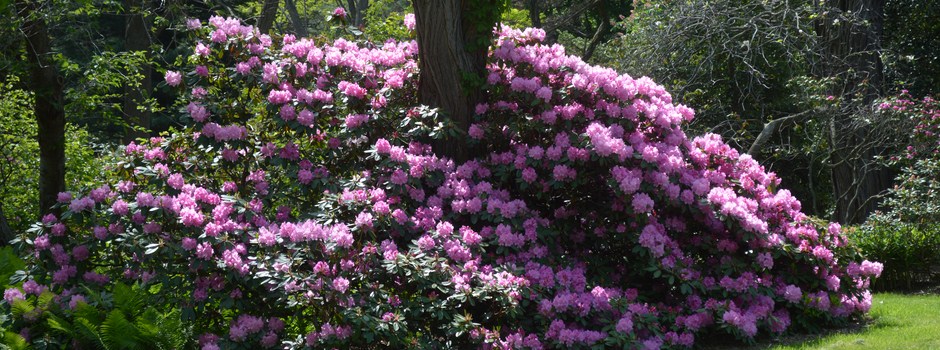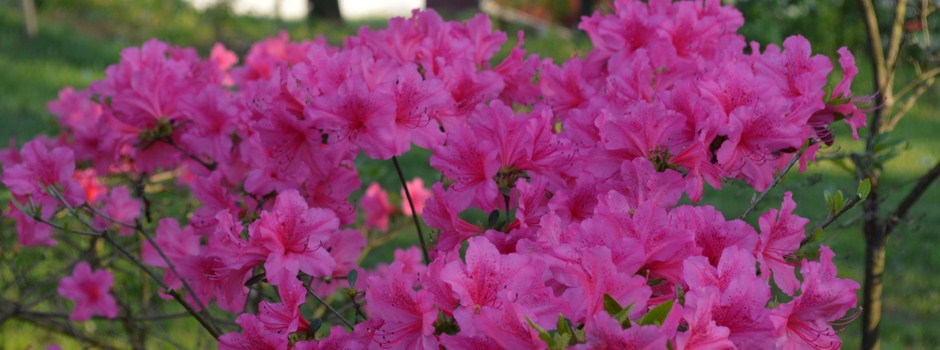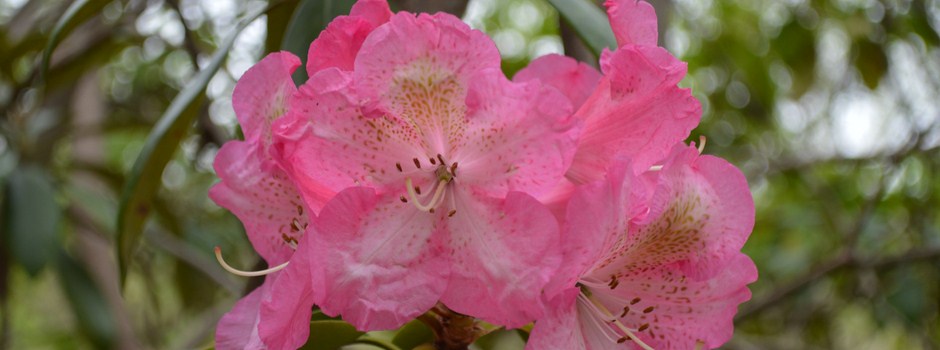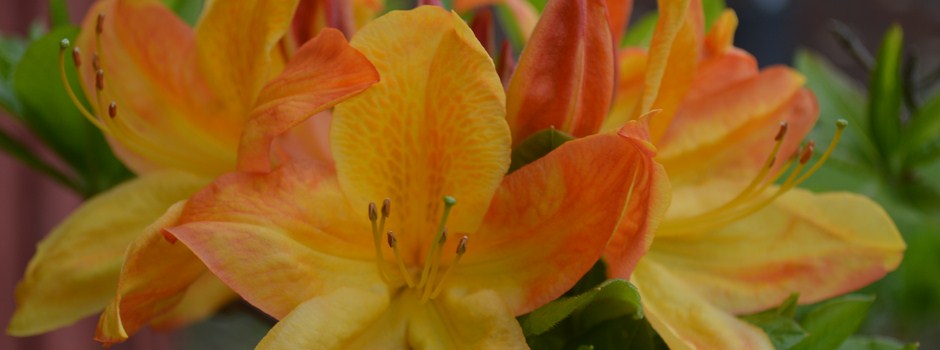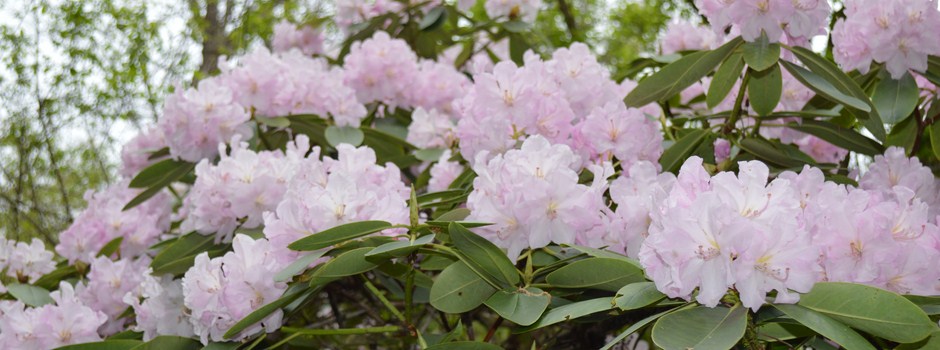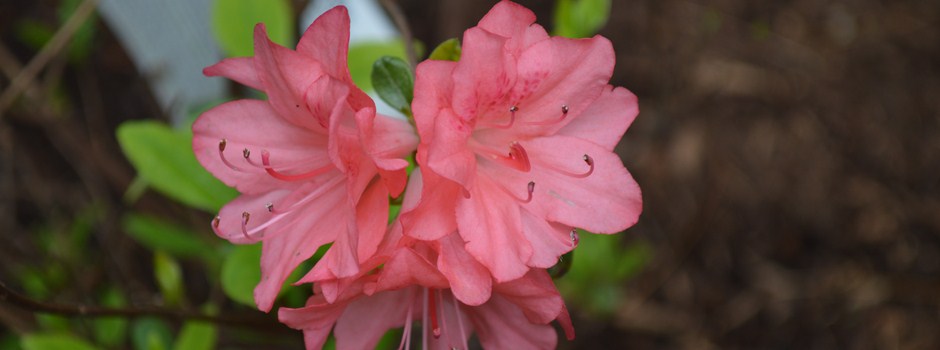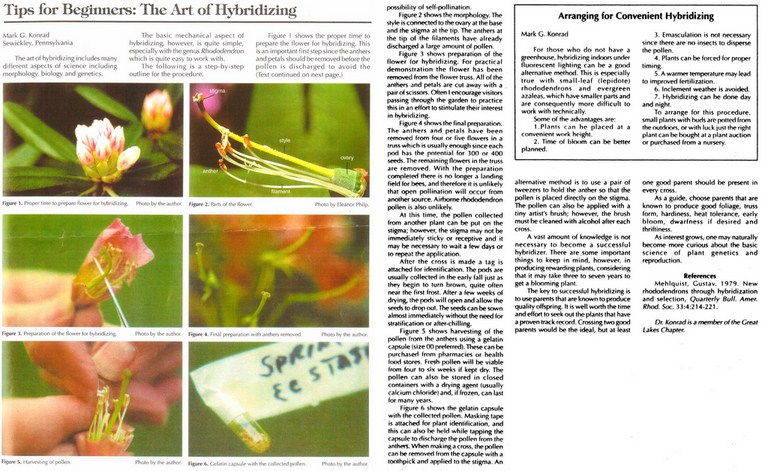How to .....
Fundamentals of Rhododendron & Azalea Culture (The Rhodie Bible)
This American Rhododendron Society publication is now made available on the world-wide-web. It provides helpful information about the culture and care of rhododendrons and azaleas for both the novice and the experienced gardener.
Planting your new Rhododendron
In mild climates rhododendrons and azaleas can be planted almost any time of the year with reasonable success. In colder areas, early spring planting is recommended, with early fall planting being a second choice. In hot areas, fall planting is recommended, as this allows the plant's root system to get well established during the colder fall and winter months.
Rhododendrons and azaleas do well with direct light for at least part of the day. Excessive shade normally results in very limited flowering. In hot areas, northern exposures are preferable to southern exposures. Exposure to constant wind is not desirable, especially the salty winds of marine environments. Generally large-leaf rhododendrons are less tolerant of sun and wind than small-leaf rhododendrons or evergreen and deciduous azaleas.
Propagation and Hybridizing
Hybridizing: Plant propagation has two general types: sexual, and asexual or vegetative. Sexual propagation results in seed. It involves two parents and the seedling is a genetic blend of the two parents. Sexual propagation is usually done when the favorable characteristics of two parents are wanted on one plant. This is the field of "hybridizing". It sometimes results in markedly improved plants, but a great deal of trial and error is involved. Once a successful hybrid has been created, it must be propagated by asexual methods to make genetically identical plants. Asexual or vegetative propagation is when vegetative tissue is nurtured into a new plant that is genetically identical to the original. Of course, a graft has different roots and top, but the top is genetically identical to the scion. However, the rootstock may cause variation from the original plant, such as dwarfing, disease resistant and tolerance of near alkaline conditions.
